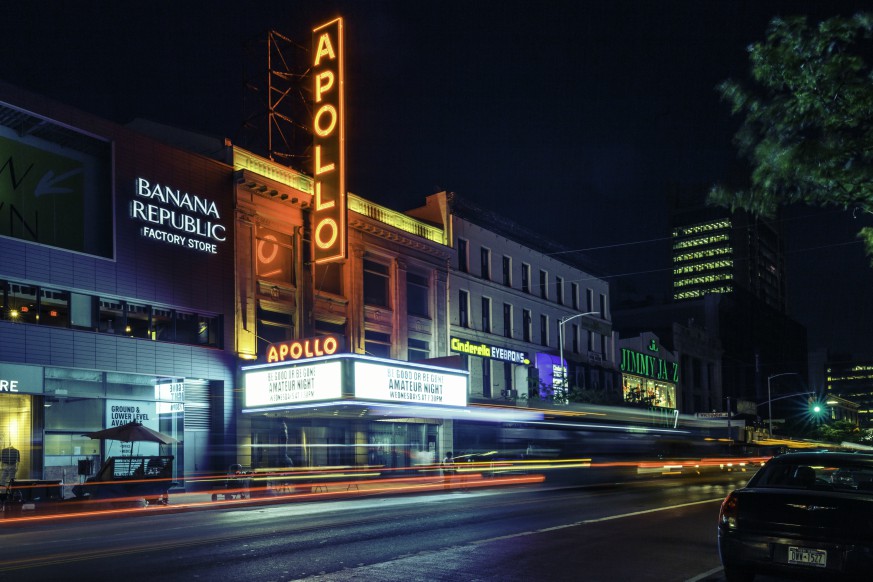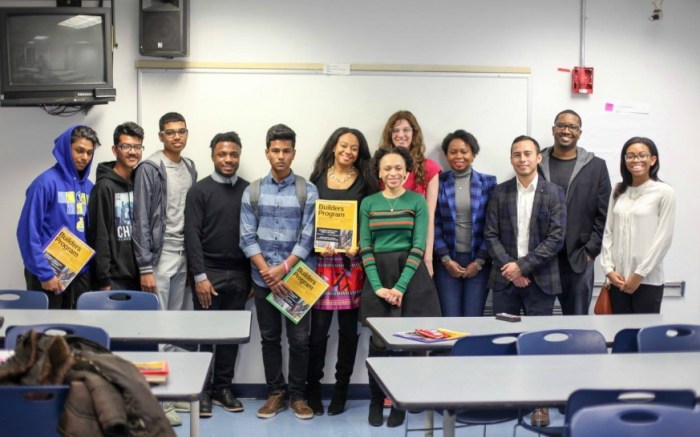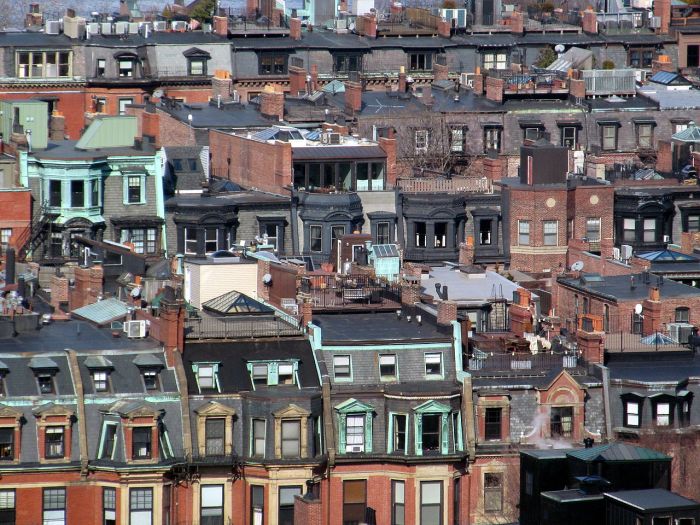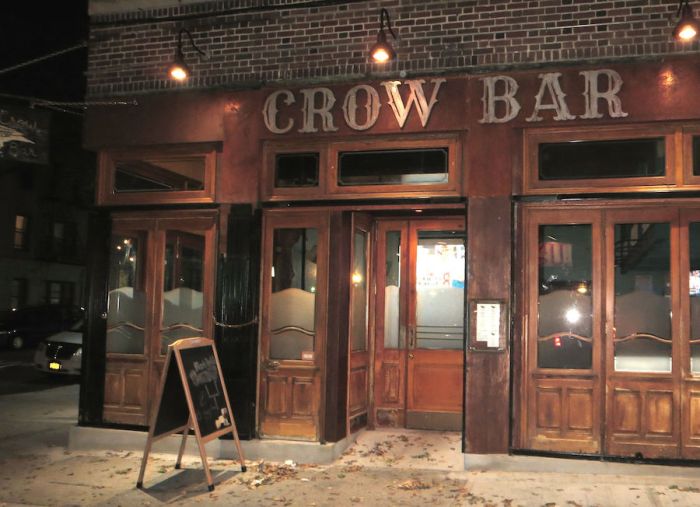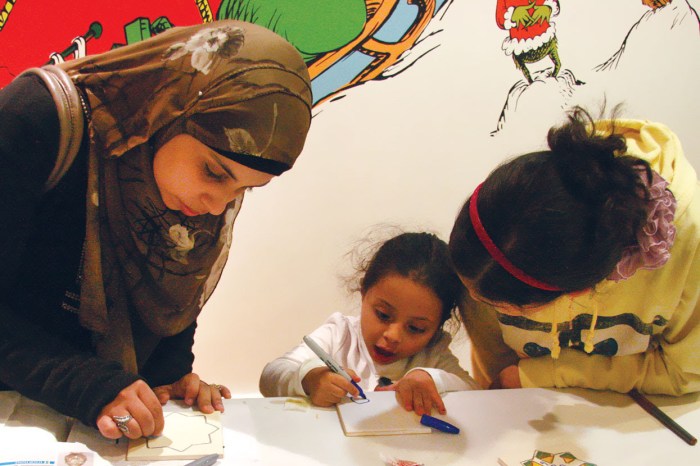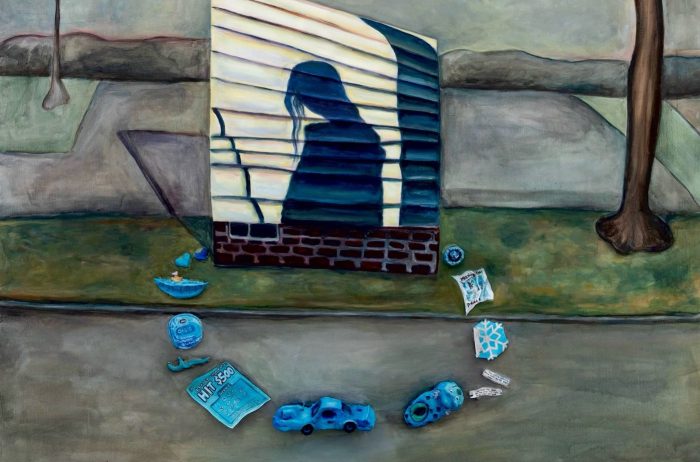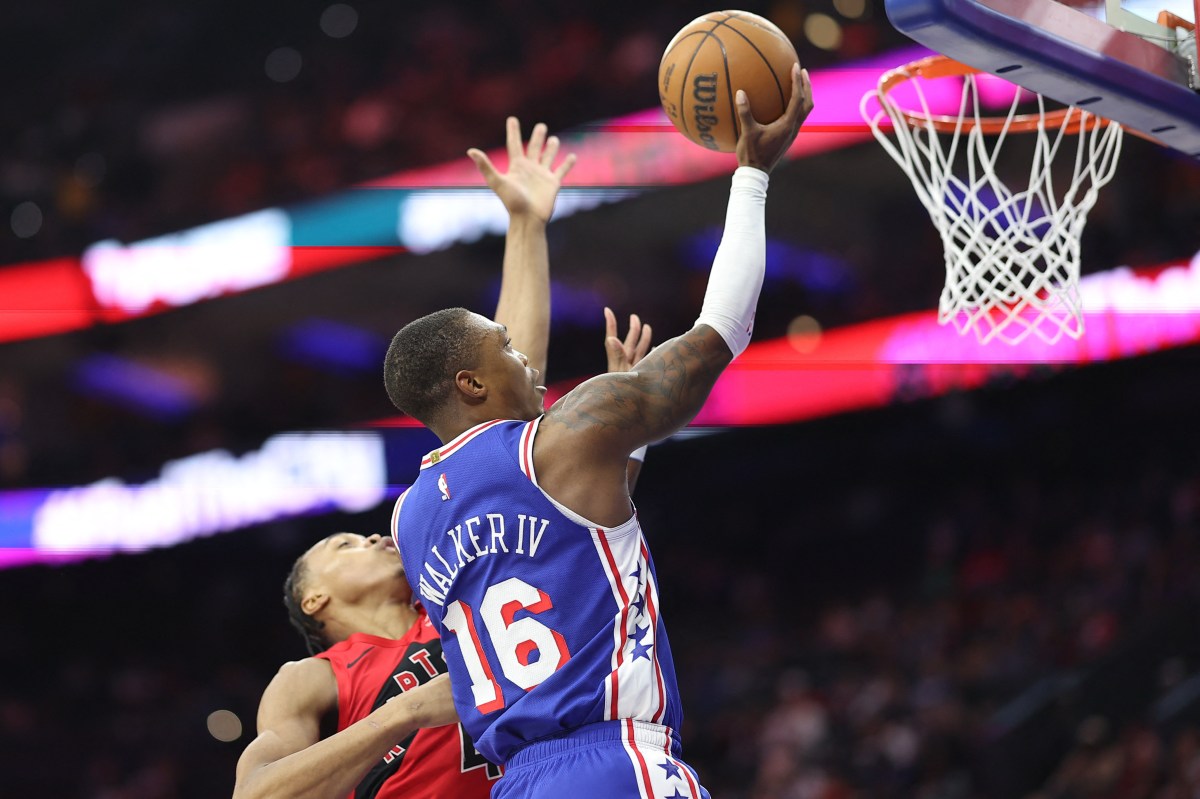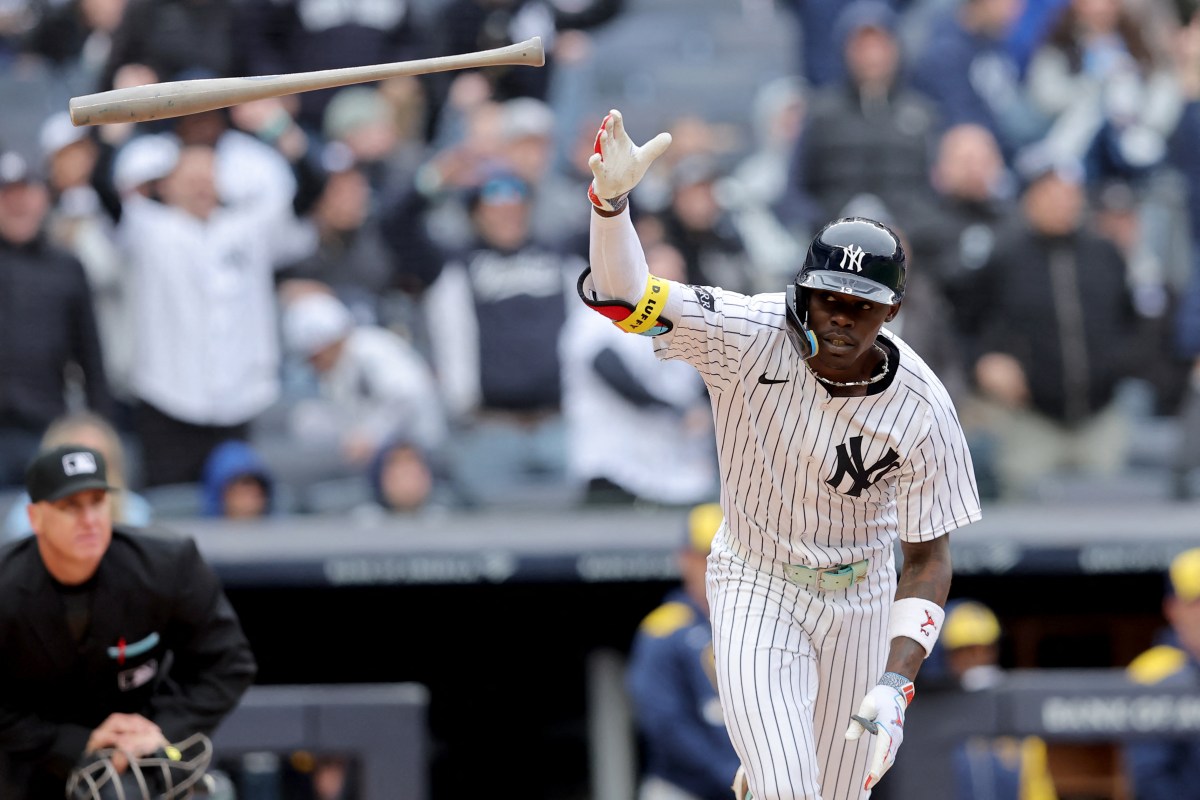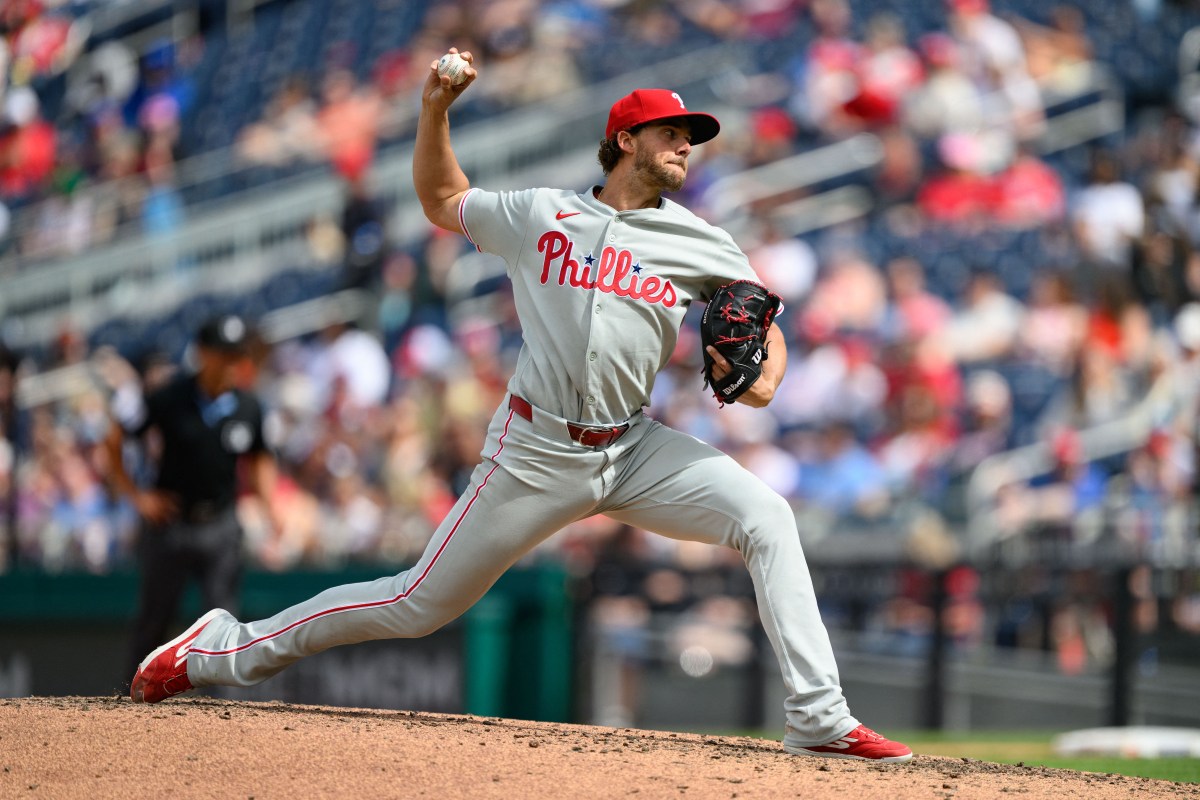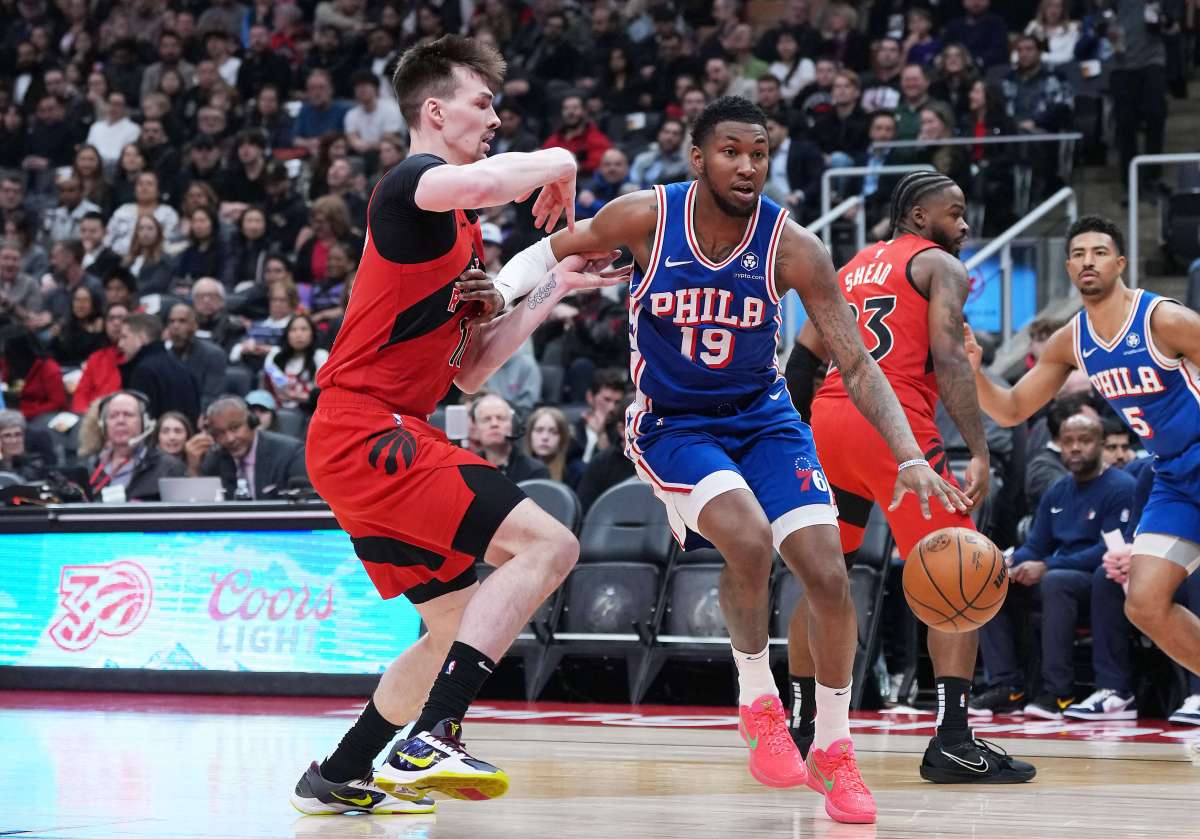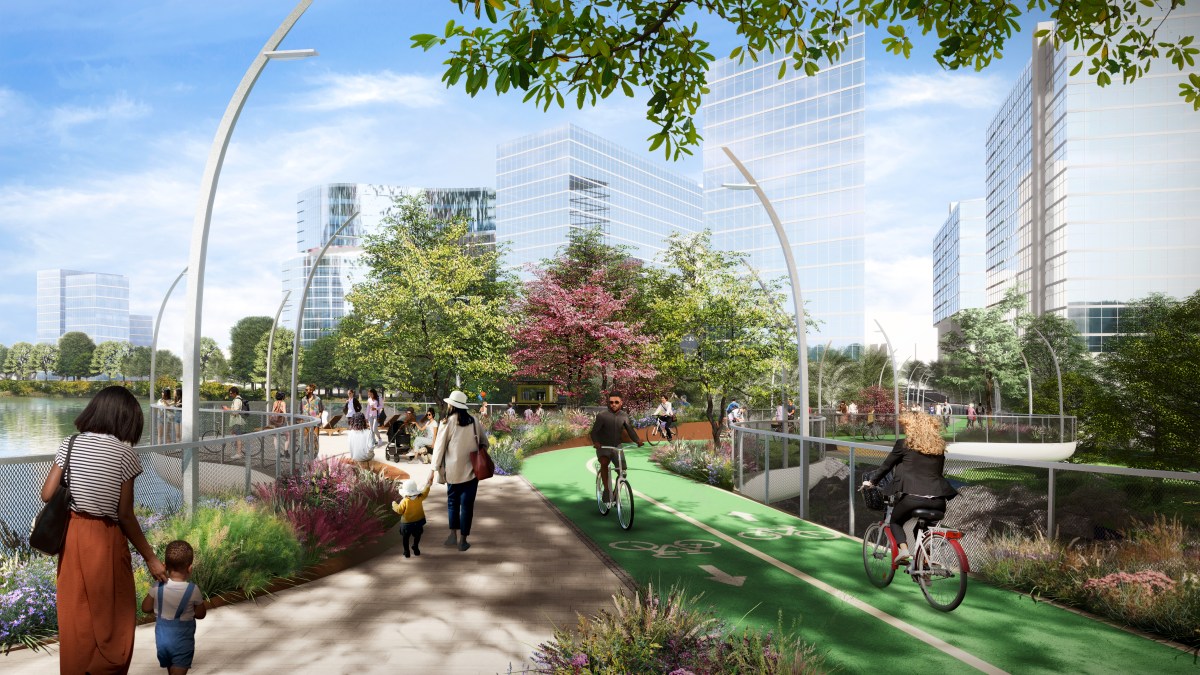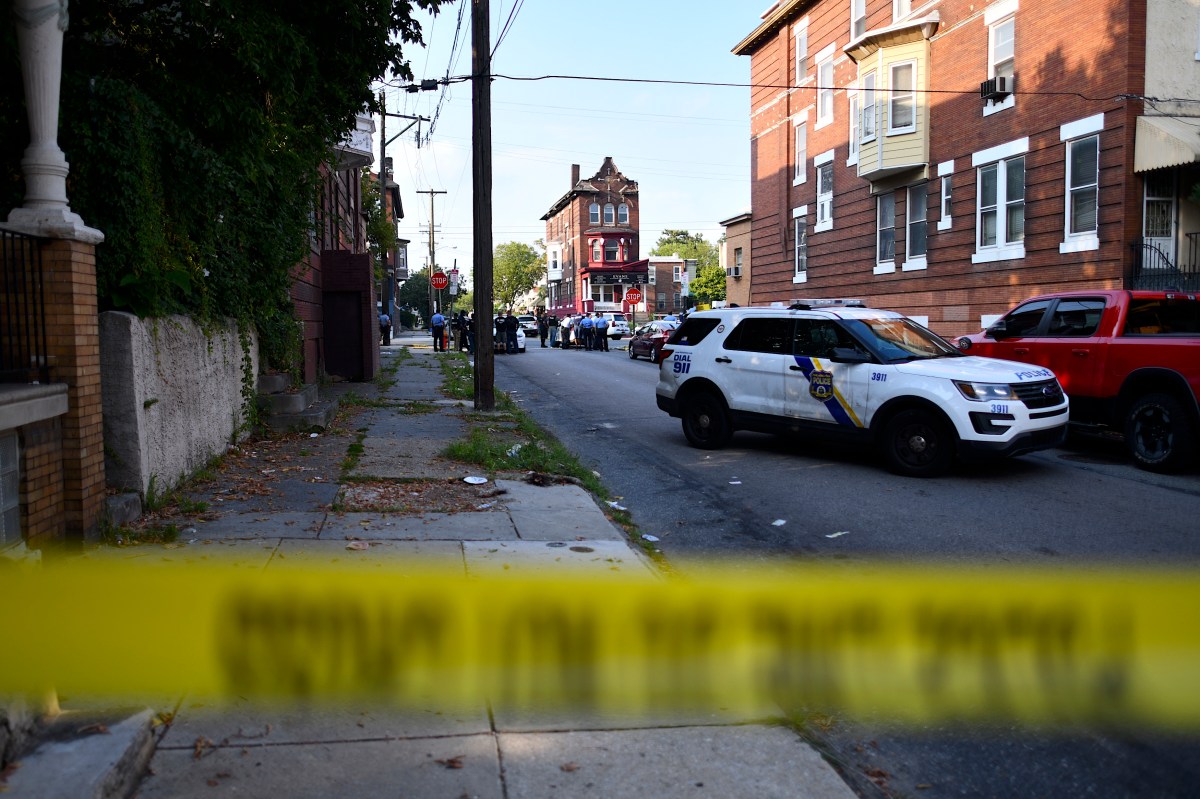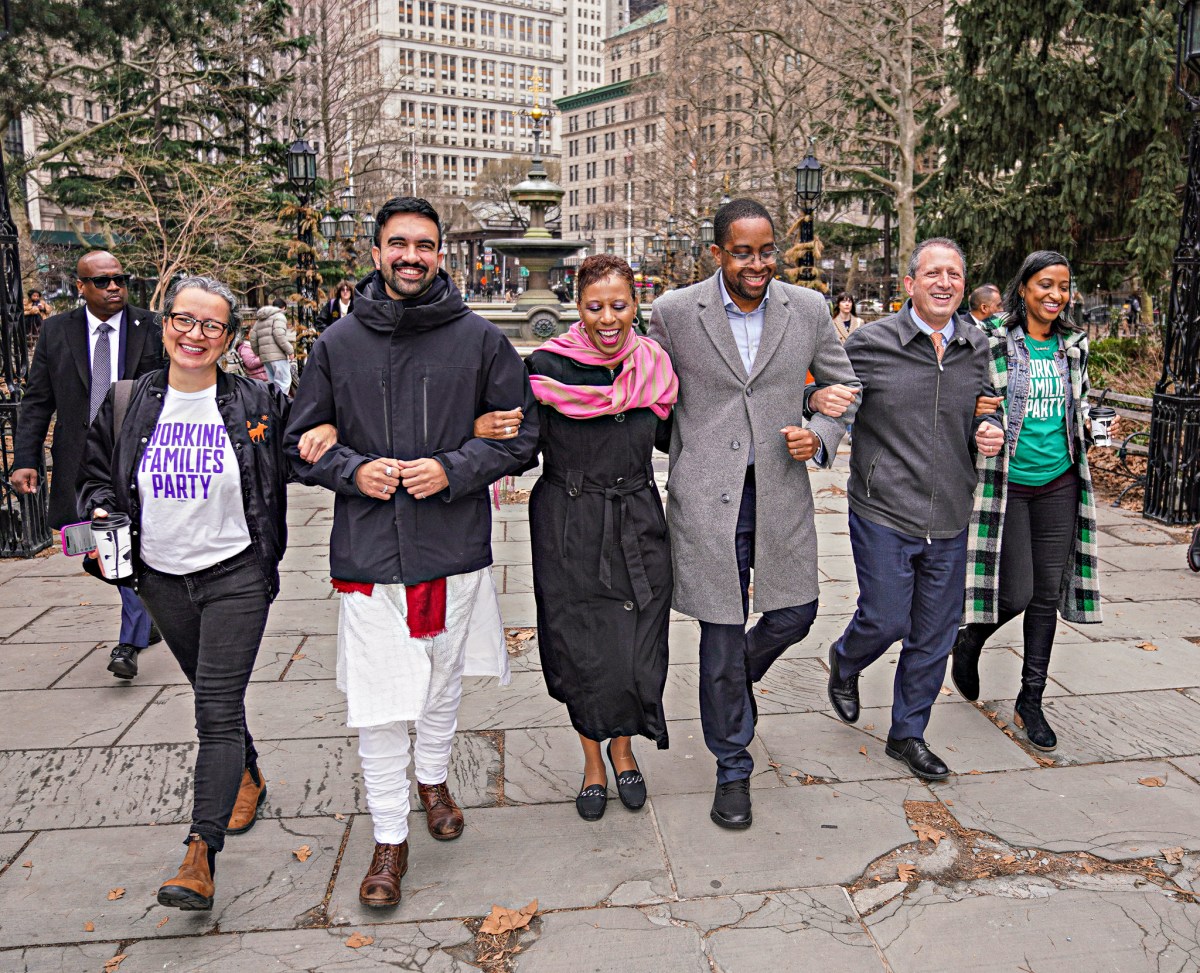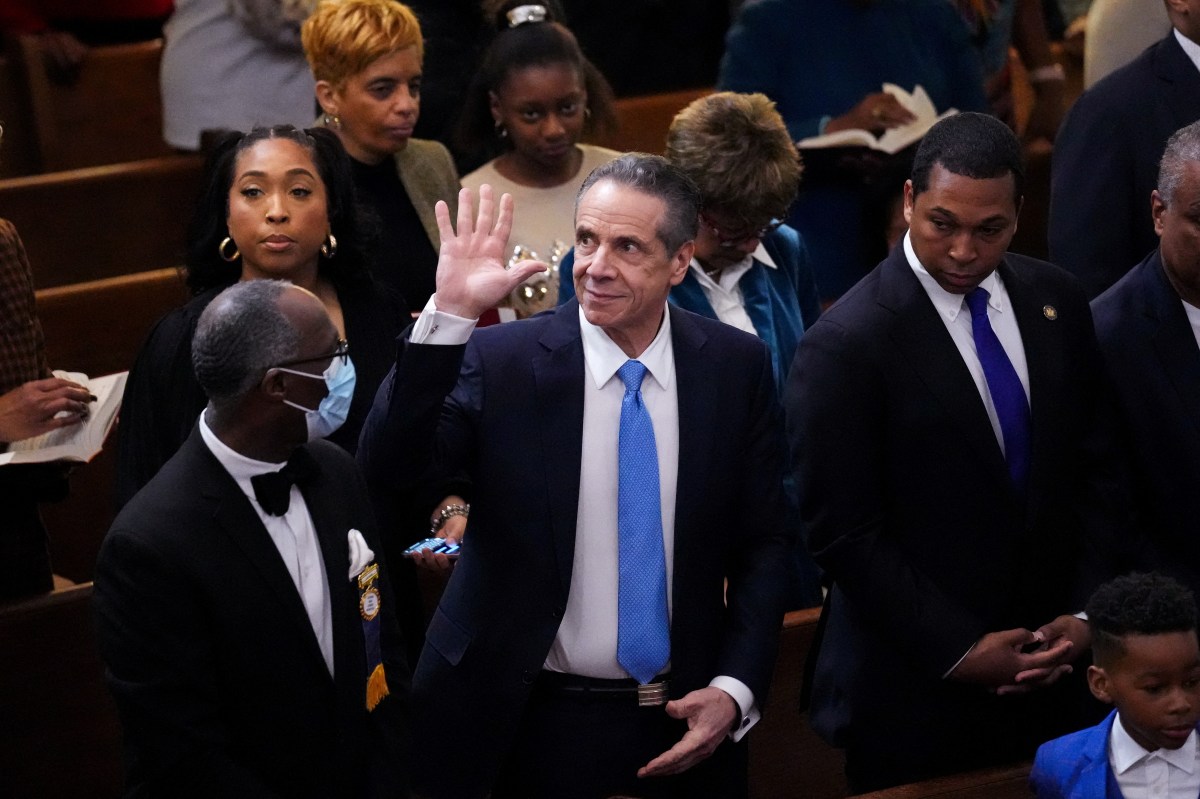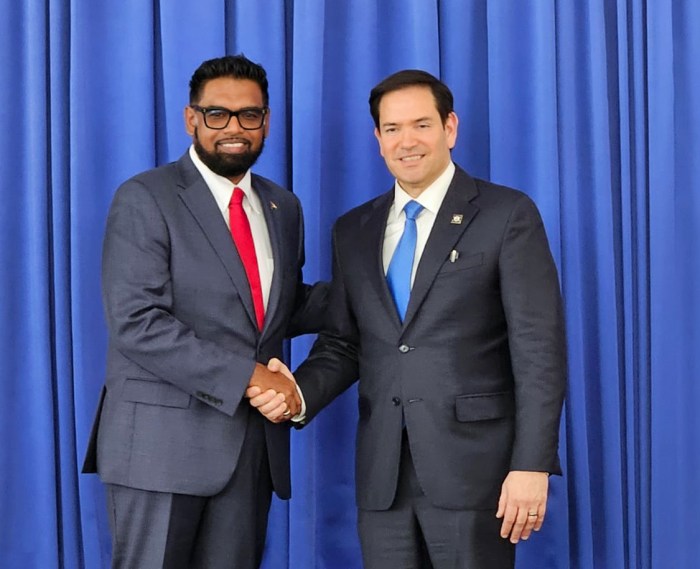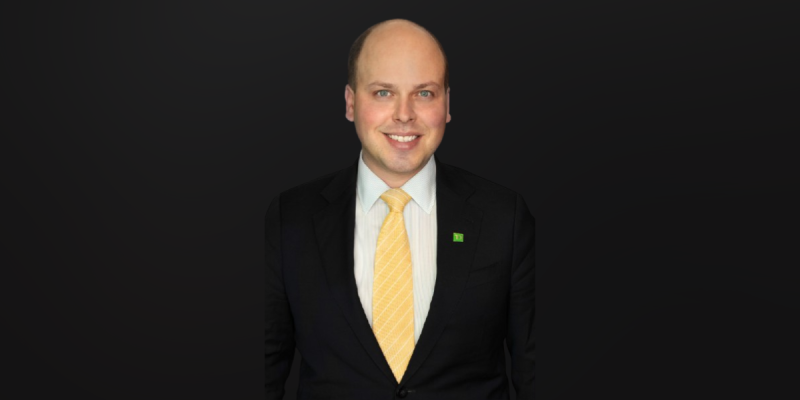Gentrification is something many big cities across the U.S. face, but arguably not as much as here in New York City, where it’s not only been a hot-point issue for years, it’s also home to seven of the Top 20 fastest-gentrifying zip codes since the year 2000, according to a recent study from RentCafe.
Of those seven zip codes — 10039, 11211, 11222, 11216, 11237, 10026 and 11221 — five are in Brooklyn and two are in Harlem.
RentCafe used three data points from the 2000 Census and the 2016 American Community Survey to compile its study of 11,000 zip codes across the country: the median home value, the median household income and the population holding a bachelor’s degree or higher.
Nationally, Los Angeles’ 90014 zip code topped the list, with Washington, D.C. (20001), Houston (77003), Philadelphia (19123) and Manhattan (10039) rounding out the Top 5. Brooklyn’s 11211 ranked seventh, while the borough’s 11222, 11216, 11237 and 11221 zip codes took the ninth, 10th, 14th and 17th slots, respectively. Manhattan’s 10026 zip code ranked 15th.
10039, which covers East Harlem from about 145th Street to 163rd Street, saw a 356 percent rise in home values, a 32 percent rise in household income and a 168 percent change in education.
11211 in Williamsburg and East Williamsburg saw home values jump 167 percent, while household incomes rose 79 percent.
Greenpoint’s 11222 zip had a 116 percent rise in home values, a 56 percent jump in household income and a 97 percent increase in education.
Home values in the Prospect Park-adjacent 11216 leapt 194 percent between 2000 and 2016, while incomes rose 48 percent.
The zipcode 11237, which includes parts of Bushwick and Ridgewood, had home values jump 111 percent, incomes rise 43 percent and education rose 125 percent, while home values in Harlem’s 10026 zip saw a whopping 219 percent rise and a 92 percent increase in education.
Zipcode 11221, which serves Bushwick and Bedford-Stuyvesant, saw values and incomes rise 130 and 39 percent, respectively.
While many attribute the continual rise in housing prices and changing demographics to gentrification, gentrification is part of a broader picture.
“Harlem’s black population has been aging and moving elsewhere for many decades, while new immigrant populations are also moving in alongside young white (and black) professionals,” John Mollenkopf, a political science and sociology professor at CUNY, wrote last year in “The Evolution of New York City’s Black Neighborhoods.”
His paper mainly looked at Central Harlem and Bed-Stuy, both of which “took a striking jump as the native-born black household populations fell sharply,” he wrote. “But the decline in the black population and the rise in the white population is only part of the story, because immigrant black, Latino and Asian populations also grew strongly.”

